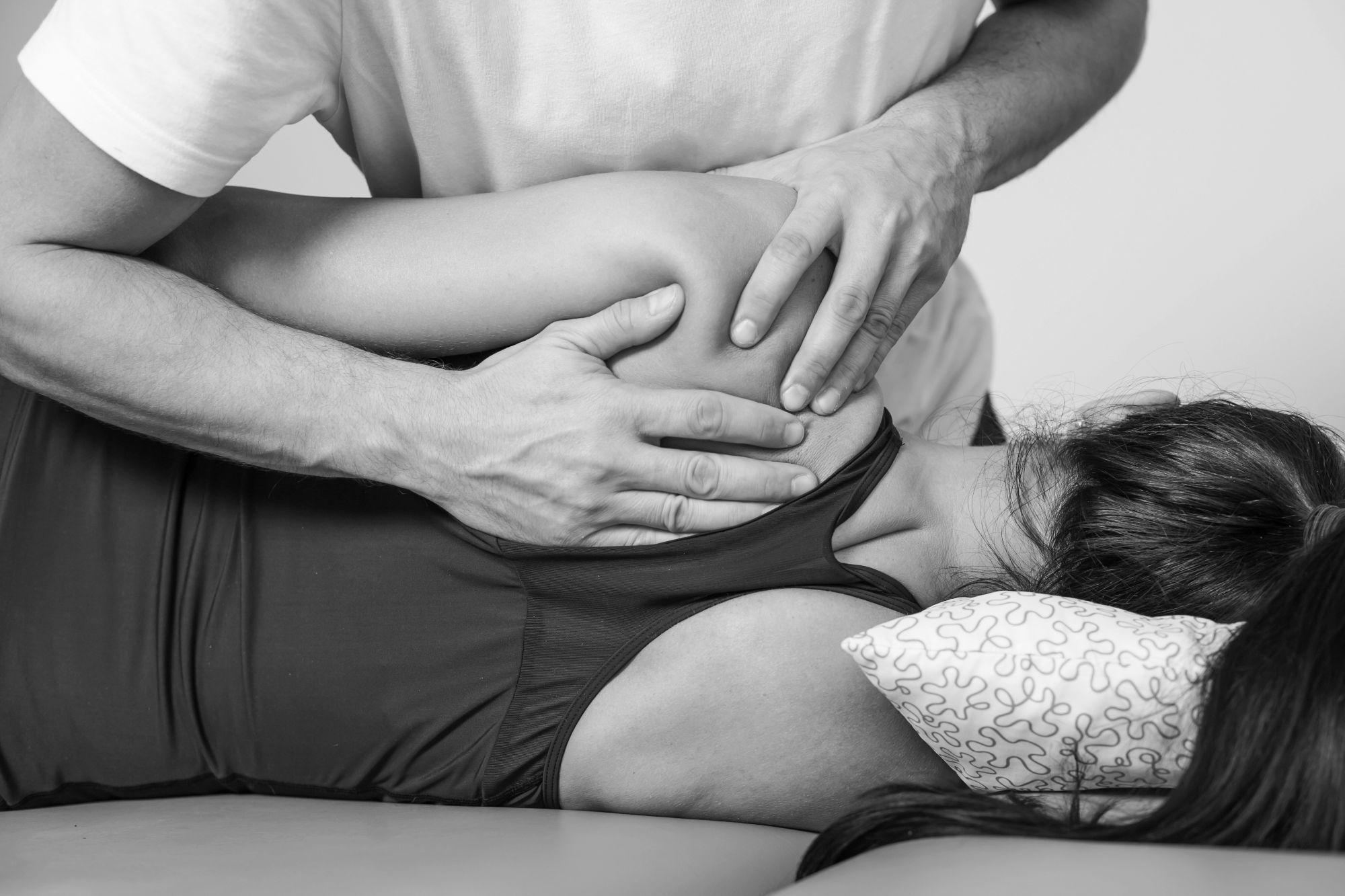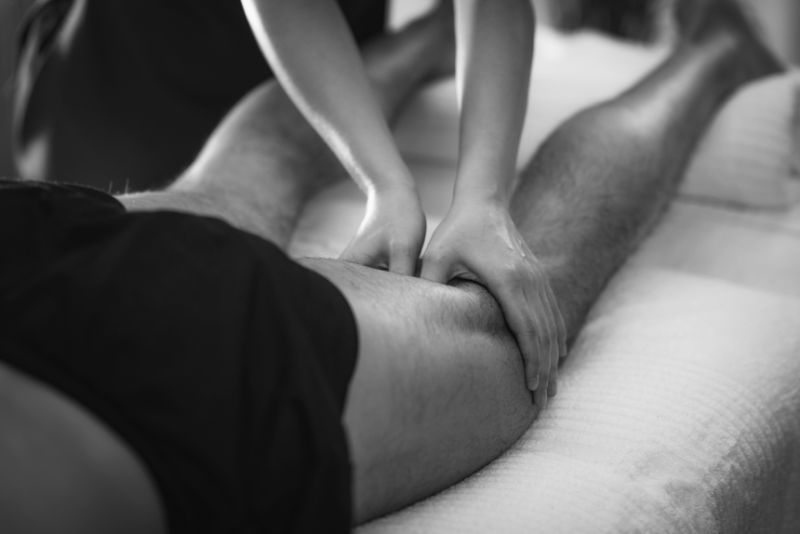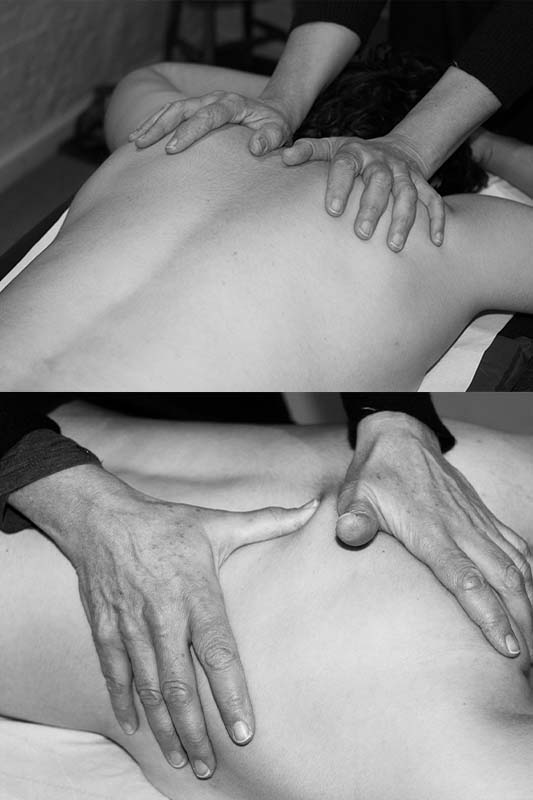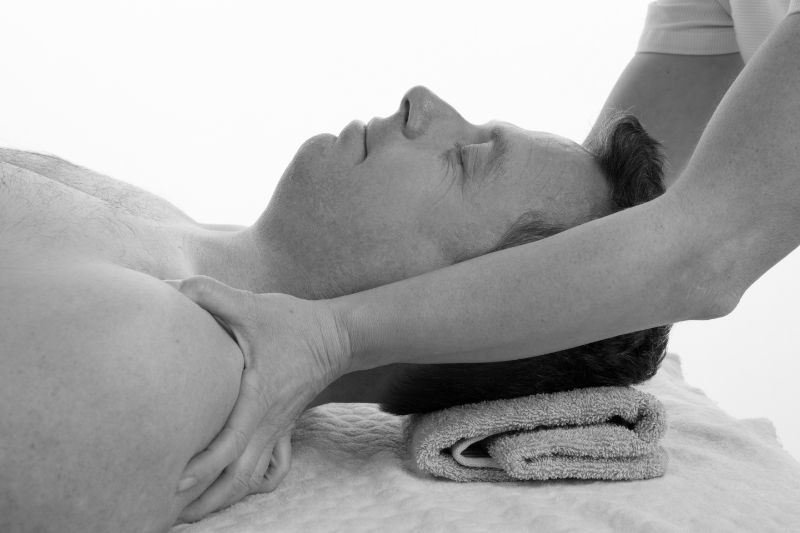
Physiotherapy
What is it?
Physiotherapy uses a variety of techniques to help your muscles and joints to move and work to their full potential. Physiotherapists can help solve and avoid many of the painful problems that you may encounter throughout life. Whether you’re young or old, active or taking it easy, there’s a good chance you could benefit from physiotherapy at some point.
Why it works
Physiotherapists could also be called “movement therapists”. Movement plays an important role in your life. Physiotherapists assist people with movement disorders, which may have been present from birth (such as cerebral palsy), acquired through accident or injury (such as road accident or sporting injuries), or the result of life-changing events (such as stroke or the development of a disease of the nervous or respiratory system.)


How it works
Physiotherapy can help repair damage in the body by speeding up the healing process and reducing pain and stiffness.
A physiotherapy session will include a history of the problem, a past medical history and record of medication. This is followed by a physical assessment and objective analysis of the problem. A treatment plan can then be made and discussed. Physiotherapy treatment may then include:
- Joint mobilization to reduce pain and stiffness
- Therapeutic exercise and stretches to improve mobility and strengthen muscles
- Massage
- Movement/posture re-education
- Airway clearance techniques and breathing exercises to help people manage a variety of breathing difficulties
- Assistance with use of wheelchairs, crutches etc.
- Advice about long term self management. Many patients find that this knowledge is just as valuable as the hands-on treatment itself, as they gain understanding and a better feeling of control over their symptoms.
Typically if a problem will respond to physiotherapy there will be an improvement in 2-3 sessions. A typical course of treatment might be 4-6 sessions.
Case Study
Hugh, a businessman and keen recreational runner, presented with right heel pain, which worsened after running for 20 minutes. On assessment he was found to have tight thigh muscles on the right side compared to the left. Treatment consisted of checking his low back, stretching his legs, massage and advice about his footwear and training. He was given some specific stretches to do at home. He began to stretch for 10 minutes each day and within a few weeks he was able to increase his running time without experiencing pain. He had 4 physiotherapy sessions. Six months later he successfully completed a half marathon.

